
Porsche Panamera review (2017): Fun Moon Lake - Online Car Marketplace for Used & New Cars
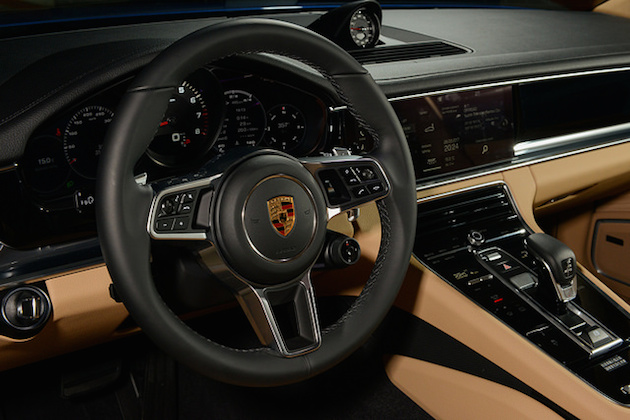
The roads around Taiwan’s most famous body of water offer a slice of driving heaven in the right car. Enter the new Porsche Panamera…
YUCHI TOWNSHIP, TAIWAN — Taiwan is probably more famous for mee sua than for its driving roads, but right smack in the middle of the island, I’ve discovered a small helping of motoring Nirvana. Lift a strand of your favourite noodle, let it drop casually onto the table, and the shape it takes should give you some idea of what the narrow roads that circle Sun Moon Lake are like.
Chiang Kai Shek, who as far as I can tell is looked at by locals the way we see Lee Kuan Yew, apparently used to retreat here often. He was usually seen canoodling with his missus in a dinghy, and built a mausoleum for his departed mother on the shore.
But it isn’t the water we’re here for, and if Chiang Kai Shek had had a Porsche Panamera he’d probably have spent time on the roads around Sun Moon Lake, instead of on the lake itself.
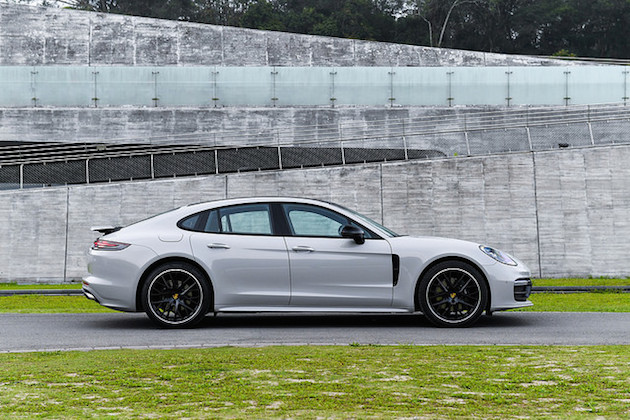
The fast four-seater is in its second generation now, and the new car has an unenviable job to do. It somehow has to top the original, whose main flaws as I remember them were as minor as can be: a backside whose bulbous shape no one liked (no one I know, at least), and in base 3.6 V6 form, an engine that sometimes made it feel lethargic by Porsche standards.
Maybe someone at Porsche agreed with all that, because both matters have been tackled hard. It’s a bit unusual to start talking about a car’s styling at the back, but the rear of the new Panamera is where it’s changed most. The soft, curvaceous form has given way to a harder-edged design that recalls the tail end of a 911, with similar styling touches to emphasise the width of the car. Slimmer lamps, for one thing, and a strip of black to link them, for another. Shape-wise, it’s less organic, and more sculptural.
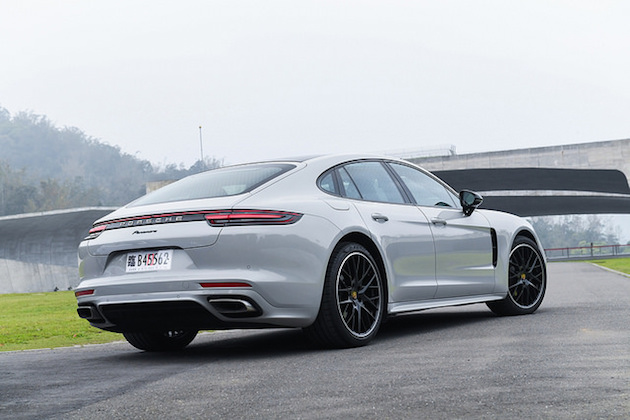
Meanwhile, the front section is a little harder to distinguish from the old car’s nose, but again the goal has been to visually widen the car. It’s all meaner and more aggressive. And it still looks sporty in spite of the fact that the Panamera is a pretty big car.
It’s still smaller than a Mercedes S-Class, say, but is actually longer than an E-Class, with a bit more metal between the axles. It retains, too, the European idea of luxury, which is that two chairs in the back are more plush than a bench for three. That might be so (just ask anyone who’s sat in Raffles Class), but it’s likely a limiting factor here in practical Singapore. Still, there’s a surprising amount of headroom in the back, and it ain’t a bad place to spend time at all. Perhaps not as nice as the rear of an S-Class, but certainly nicer than an E.
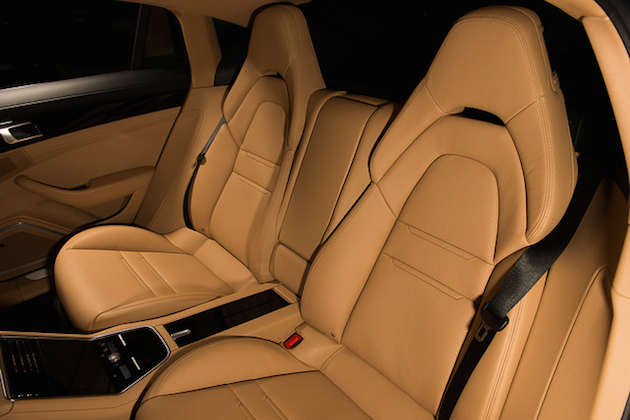
Of course, you couldn’t pay a car writer to swap the pilot’s chair of a Panamera for the best rear seats in the world. If you’ve taken the controls of a Panamera before, however, there’s a completely new dashboard to get to grips with. The one-button-one-function philosophy has been junked, in favour of virtual buttons and a touchscreen interface. It’s all very snazzy, as a matter of fact, with the haptic central panel looking and feeling particularly high-tech.
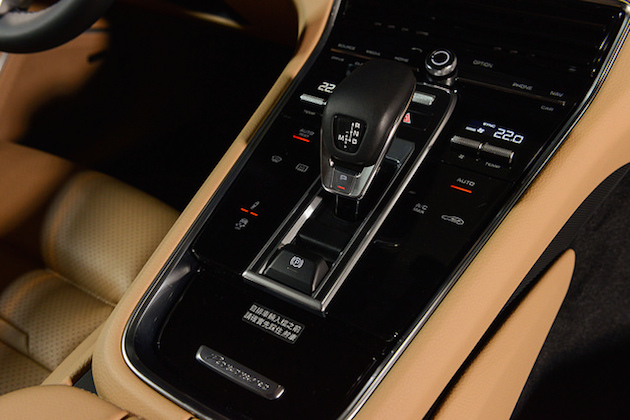
Yet, gorgeous as it is, the new dashboard a backwards step in a couple of ways. This might be a quirk of my seating position, but the shiny plastic bounced a lot of sunlight into my face while I was driving the Porsche. And with a touchscreen system, things are buried beneath layers of menus. Even the air-con vents are motorised and controlled by the system, so instead of just using your hand to point the cool air where you want it, you have to find the right screen and move a virtual slider. It’s fancy, to be sure, but it’s also complete overkill.
I wonder if they just decided they didn’t have much else to improve. To be perfectly honest, I always felt that the Panamera was the best of the big cars to drive. And by golly, it still is by far. For something so long and wide, it’s uncannily athletic, gliding along the narrow ribbon of road around Sun Moon Lake in a way that makes it seem like it’s shrinkwrapped around the driver. It’s so direct, precise and agile that the fish darting around inside the lake must look clumsy in comparison.
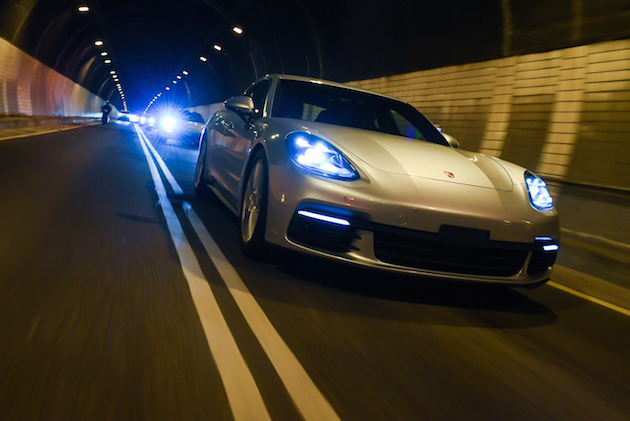
For full disclosure’s sake, it’s worth pointing out that we had to stay behind a Macan GTS at all times, albeit one driven by a racing driver from Porsche. But it’s equally worth stating that the Panamera, either driven by myself or a paunchy colleague, had no trouble at all keeping up with the lead car. Several times we were obliged to tap the brakes mid-corner, just to prevent two desirable Porsches from merging into one undesirable heap of Panamacan.
Plenty of credit for our ability to hang effortlessly onto the tail of a faster driver belongs to the new base engine, which is a size down from the previous 3.6-litre, but much, much livelier thanks to a turbocharger. It’s not frighteningly fast by any means, but it’s pleasantly muscular, and it makes a nice growl while it’s at it. By itself, the new engine is probably the single biggest improvement over the last Panamera, adding athleticism to the car’s agility.
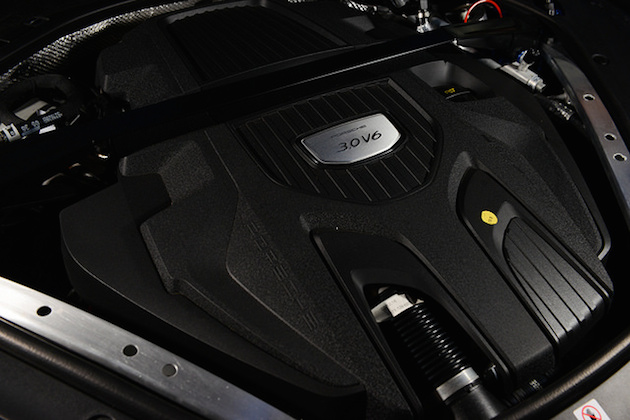
Still, you expect a new Porsche with a turbo engine to be fast. What’s far more surprising is how civilised the Panamera generally is. It rides firmly, but never harshly, and the suspension feels incredibly well sorted in spite of having nearly 1.8 tonnes of car to deal with. And that’s on 19-inch wheels, too. It’s a practical car for luggage, as well, with a boot that expands from a sizable 495 litres to 1,304 litres.
If it’s square footage you want, though, you can buy yourself a Cayenne. The Panamera feels more like it was built for people who really want a 911 but whose wives have forbidden the purchase of anything with fewer than four doors. And it’s cheaper than changing wives.
That much was true of the last one, but the new model builds on its strengths convincingly.
It looks sharper, the handling is flawless while the ride quality is impeccable, and the new base engine gives it wings. As we discovered in Taiwan, the road that rings Sun Moon Lake might be as twisty as a dropped strand of mee sua, but the new Panamera stuck to it like gravy.
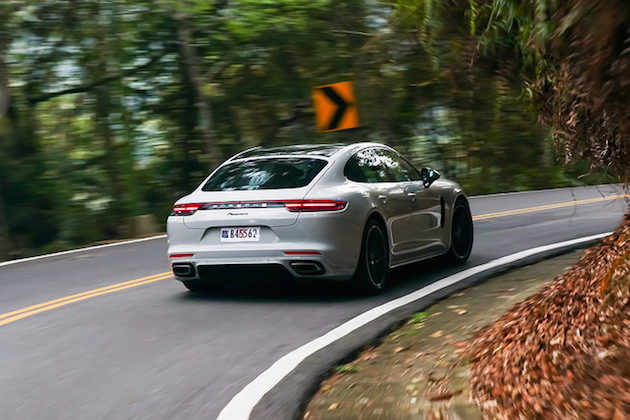
NEED TO KNOW Porsche Panamera Engine 2,995cc, 24V, turbo V6 Power 330bhp at 5400-6400rpm Torque 450Nm at 1340rpm Gearbox 8-speed dual-clutch Top Speed 264km/h 0-100km/h 5.7 seconds Fuel efficiency 7.6L/100km CO2 173g/km Price $360,388 Availability Now
Link nội dung: https://truyenhay.edu.vn/porsche-panamera-2017-a45027.html